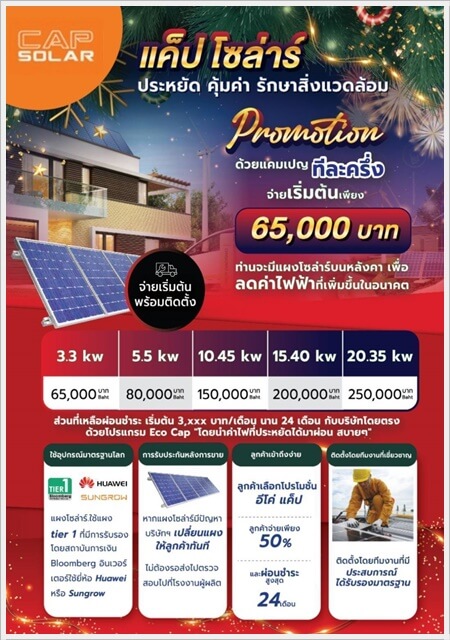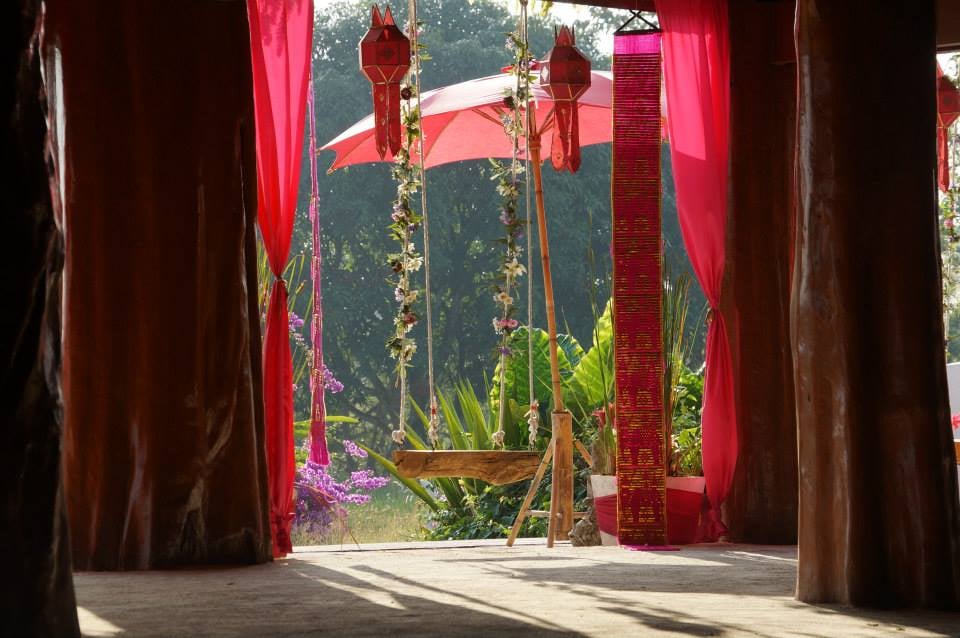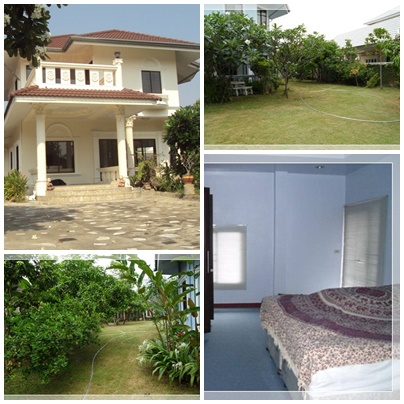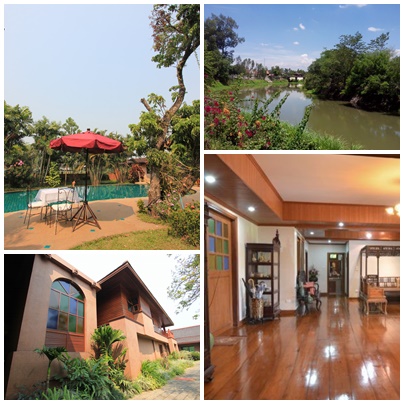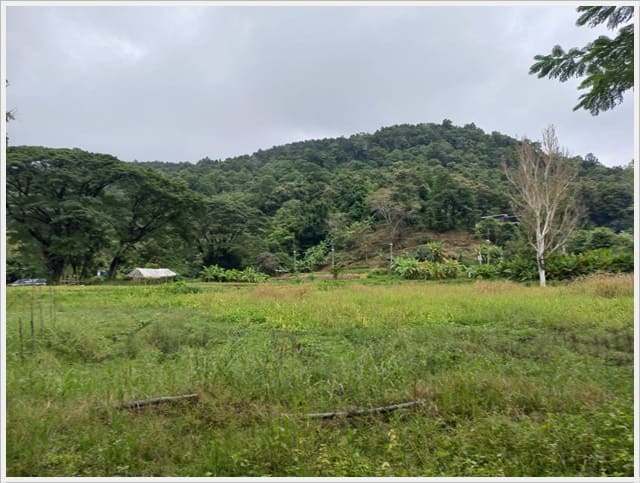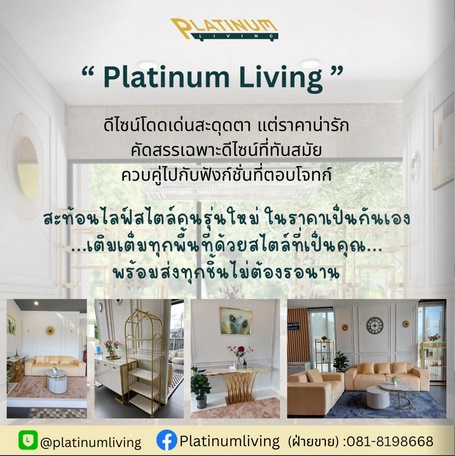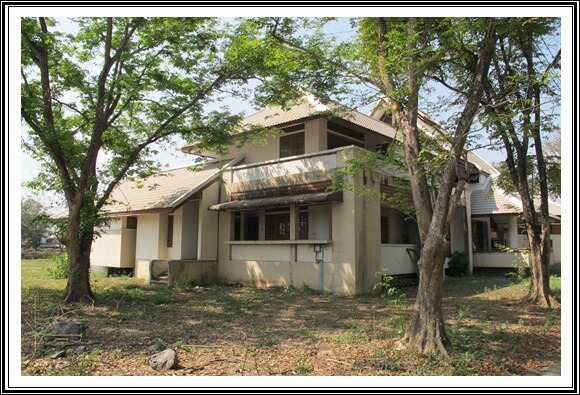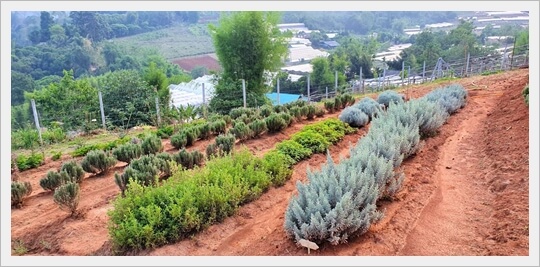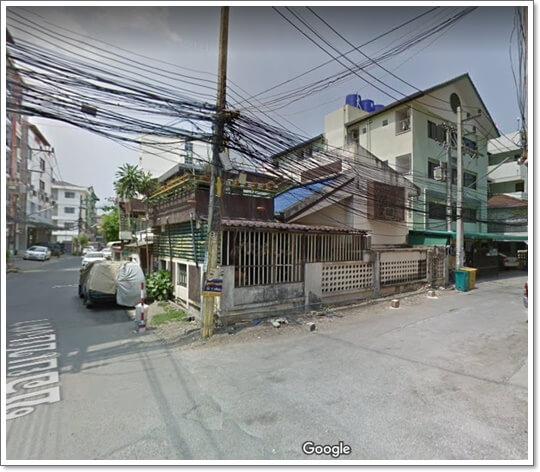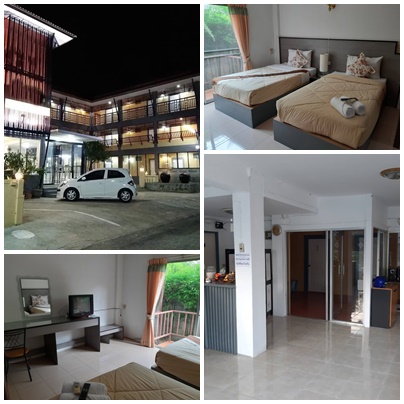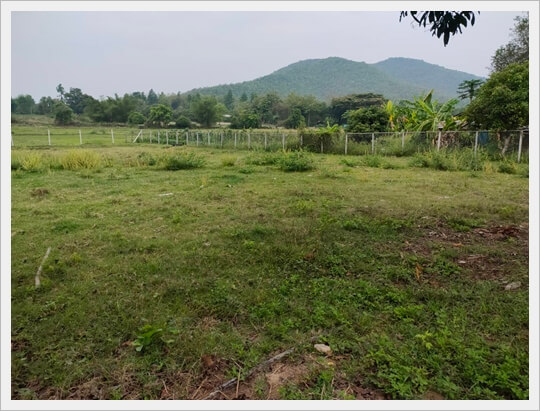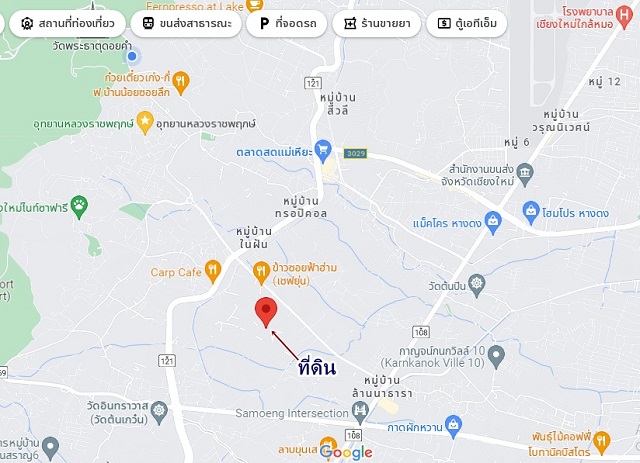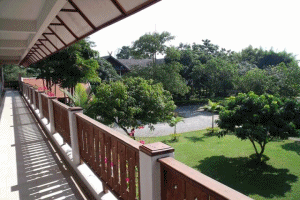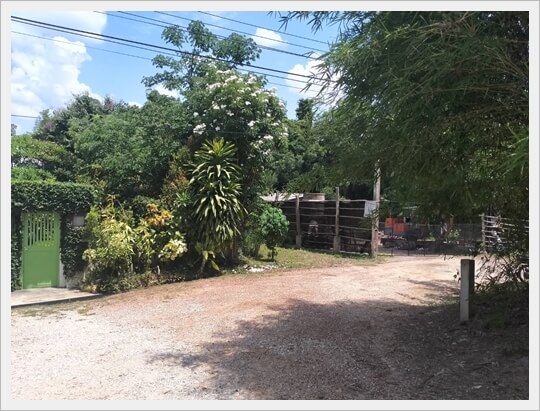The activity “Ecological Field Trip to Si Jaeng Ha Pratu, Chiang Mai” is a field trip that aims to explore and learn about the cultural and historical ecosystem of Chiang Mai through the structures of the ancient city, especially “Si Jaeng” (Four Corners of the City) and “Five City Gates”, which are important parts of the city walls and moats that reflect the wisdom of Lanna urban design.
Activity details:
Objectives
Study the lifestyle and cultural ecosystem of the communities around the four intersections and the city gates of Chiang Mai.
Learn the history of Lanna city design and the beliefs about the four directions (related to religion and astrology).
Explore environmental changes and their impact on the community.
Important places
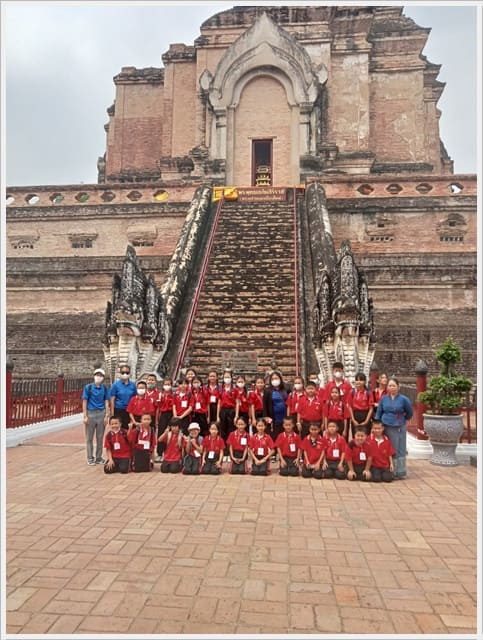
Four corners of the city:
Chiang Mai is designed as a square according to the cosmological beliefs. There are forts and city pillars in each direction.
- Jeang Sriphum(corner fort), originally named Salee Phum, is a northeastern intersection. The origin of the name means the glory of the city. It is considered the first point of the establishment of Chiang Mai. It connects Atthathorn Road to Kamthiang Market and Wichayanon Road to Muang Mai Market, Chedi Khao.
- Jeang katam(corner fort) is a southeastern intersection. The origin of the name means a trap, a type of fish trap. Because this corner is the lowest and there are many fish, people come to catch fish using Khatam to connect to Si Don Chai Road. Go to Night Bazaar, Iron Bridge, Chang Klan Road.
- Jeang Ku Heuang(corner fort) is a southwest corner. The name comes from the place where the ashes of Ai Heuang, the guard of this corner are kept.
- Jeang Hua Lin(corner fort) is a northwest corner. The name comes from the place where water is received from Huai Kaew (Doi Suthep) through a trough (lin). It is considered the wisdom of the ancient water supply system. It connects Suthep Road to Doi Suthep, Chiang Mai University, Chiang Mai Zoo. Five city gates:
Five city gates:
1.Chang Phueak Gate (North), Det Mueang
2.Tha Phae Gate (East), Moon Mueang
3.Chiang Mai Gate (South), Montri Mueang
4.Suan Dok Gate (West) Boriwan Mueang
5.Saen Pung Gate (additional gate in the later period) Kalakinee Mueang
City moat and wall: study the water system and city defense
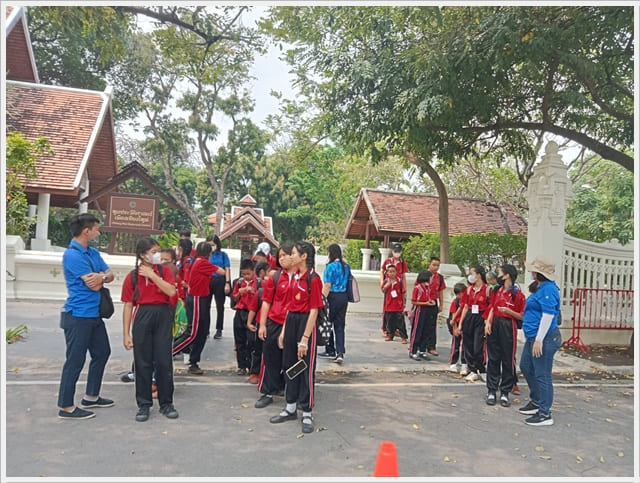
Sample activities
- Walk around the city gates and walls and listen to a historical lecture
- Interview the community to learn about their way of life and changes
- Workshop on tracing ancient maps and comparing them to the present day
- Discuss urban ecology such as water management, the old moat vs urban expansion
Benefits
Understand the connections between geography, history and Lanna culture
Recognize the importance of preserving eco-cultural heritage
Interesting Facts:
The Si Jaeng reflects the Lanna “square city” philosophy, which is linked to Buddhism and the belief in auspicious directions.
The five city gates are not only the entrance and exit, but also symbolize prosperity and stability.
This activity is suitable for students or those interested in local history who want to see the connection between the past and the present through the perspective of cultural ecology.
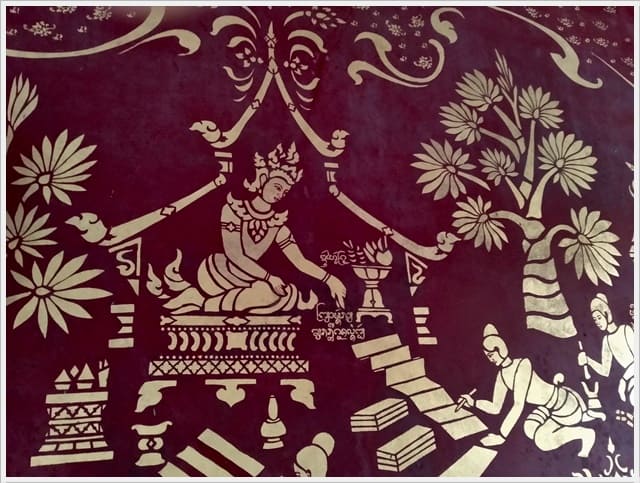
“Green City” by the Green, Beautiful, Fragrant Working Group Network supports field trips for children, youth, and students.
### **Benefits of the “Eco-Historical Field Trip to Si Jaeng, Five Gates, Chiang Mai” for students**
This activity is not only a historical tourism, but also an **integrated learning process** that helps develop skills and perspectives in many areas, as follows:
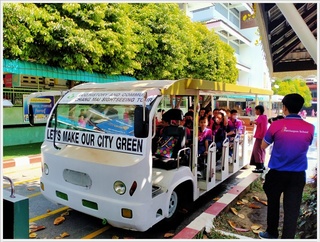
#### **1. Learn history and culture through real experiences**
- **Seeing real things instead of memorizing**: Students get to experience the old city walls, moats, and city gates, which helps them understand the historical context of Chiang Mai and the Lanna Kingdom more deeply than reading books.
- **Understanding Lanna beliefs**: Such as the design of the square city according to the cosmology, beliefs in auspicious directions, and the relationship with Buddhism.
#### **2. Develop analytical thinking skills and connect knowledge**
- **Analyze urban changes**: Study how urban expansion affects ecosystems and communities, such as old moats that become roads or city gates that have been modified over time.
- **Connecting multiple disciplines**: History + Geography + Sociology + Environment
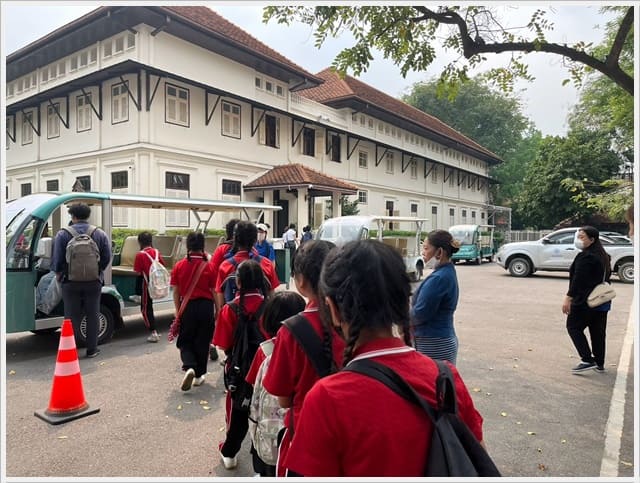
#### **3. Practice fieldwork and research skills**
- **Interviewing communities**: Practice collecting data from residents around the city walls. To learn about lifestyles and changes
- **Workshop on creating a comparative map**: Practice observing and recording data between ancient maps and current conditions
#### **4. Awareness of the value of cultural heritage and the environment**
- **See the importance of conservation**: When students understand the origin and vulnerability of cultural heritage (e.g. the lost moat), they will develop a sense of protection
- **Learn about sustainable tourism**: Through exploration of urban ecosystems and the impacts of tourists
#### **5. Create inspiration and pride in the local area**
- **Discover beauty in details**: For example, patterns on city gates or local legends related to each gate
- **See examples of community adaptation**: For example, communities around Tha Phae Gate that combine old and new cultures
#### **6. Suitable for cross-subject learning**
This activity can be linked to various subjects, such as
- **Social studies**: Lanna history, ancient governance
- **Science**: Urban ecosystem, water management
- **Arts**: Lanna architecture, cultural symbols
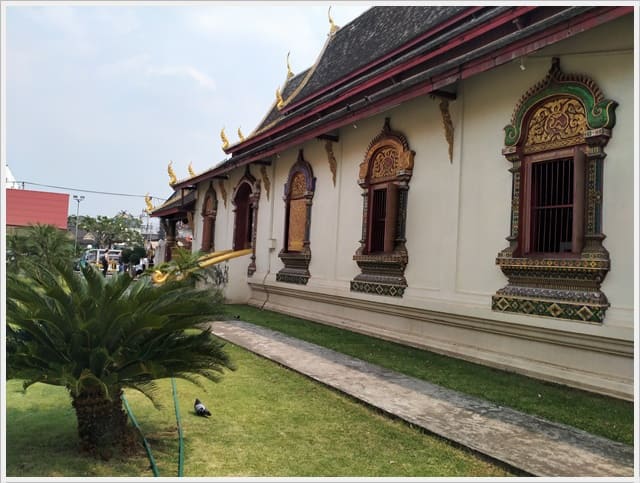
### **Summary**
This activity not only provides knowledge but also **trains life skills** for students to think critically, work as a team, and understand the connections between the past, present, and future of Chiang Mai, which is an important foundation for being a citizen who participates in the conservation and development of society.
**Suitable for**:
- Students studying history/social studies
- Students majoring in humanities, architecture, or tourism
- Those interested in cultural and sustainable tourism
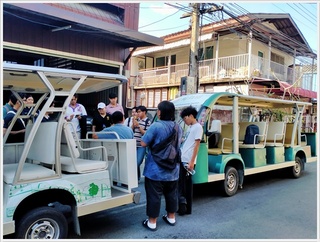
Contact for more detail
Tel. 081 4726987 (Dtac); 081 1639887(Ais)
email: panu009@gmail.com
https://web.facebook.com/chiangmaiassetworld/

Line Id: panu0010





